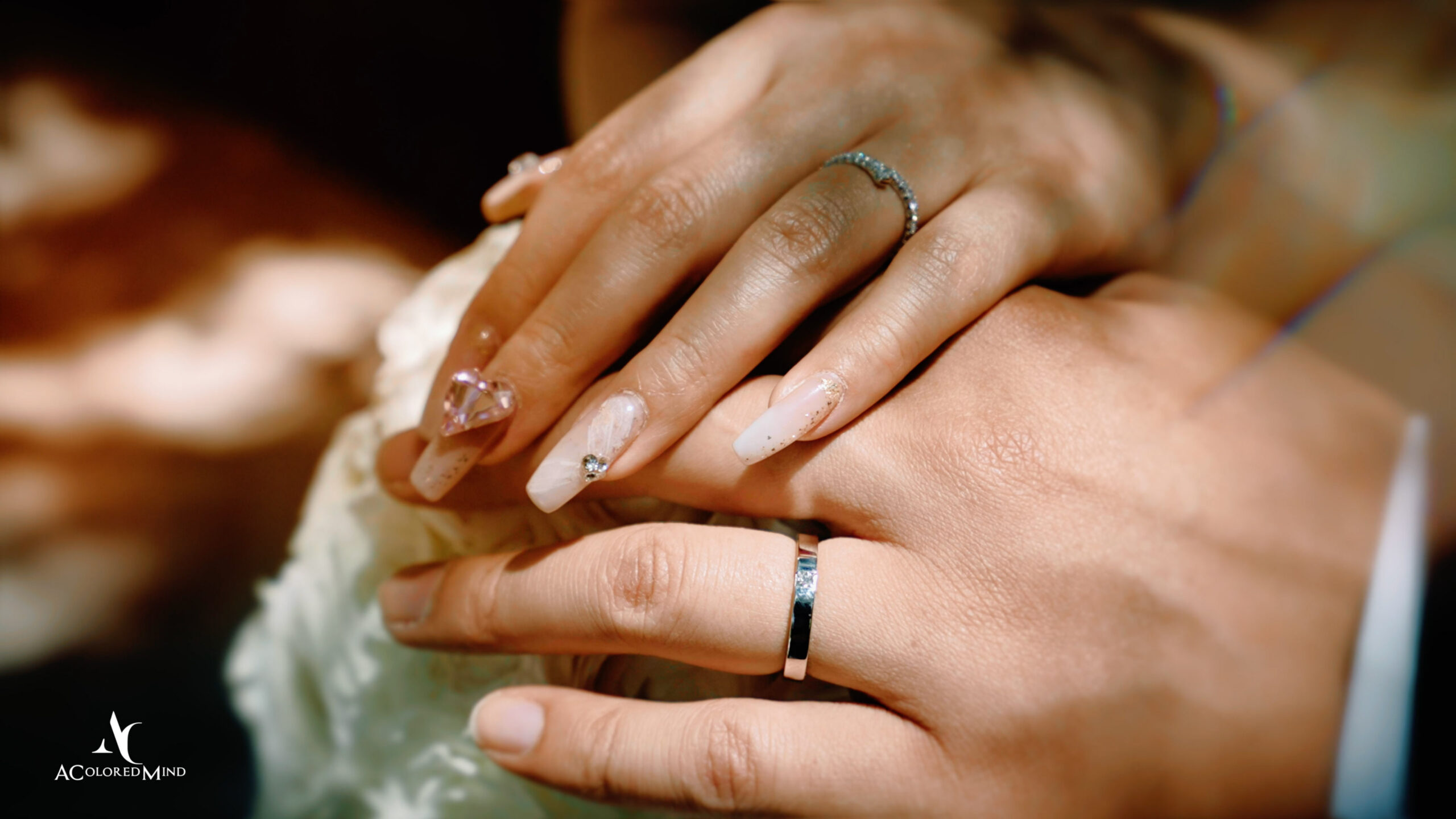REACH OUT: 213-999-8966
DROP A LINE: wedding@acoloredmind.com

When you’re caught up in the whirlwind of romance and wedding planning, insurance for your engagement ring might not be the first thing on your mind. However, given the value and sentiment attached to these precious items, it’s a crucial step to consider. This comprehensive guide aims to provide you with everything you need to know about engagement ring insurance, ensuring that your cherished symbol of love is protected against loss, theft, or damage.
Engagement ring insurance is essentially a contract that safeguards you against the financial loss that can occur if your ring is lost, stolen, or damaged. It typically covers all aspects of the jewelry and can result in repair, replacement, or reimbursement based on the policy’s terms. The coverage is not just about the financial investment but also offers peace of mind, knowing that your sentimental item is protected.
The primary reason to insure your engagement ring is its financial value. However, it’s not just about the money; it’s about protecting a deeply personal and sentimental item. Insurance offers peace of mind, ensuring that you can repair or replace your ring if something unexpected happens.
The cost of insuring your engagement ring depends on several factors, such as its value, where you live, and the policy’s deductible. The rates typically range from one to three percent of the ring’s value. For example, a $10,000 ring could cost between $100 to $300 annually to insure.
You have two primary options for insuring your ring: adding a rider to your homeowner’s or renter’s insurance or obtaining a policy from a specialized jewelry insurer like Jewelers Mutual. Each option has its pros and cons, and it’s essential to understand how they affect your overall insurance policy and what specific coverages they offer.
Before choosing a policy, ask critical questions such as:
Before insuring your ring, get it appraised by a certified gemologist. Insurance companies often require an official appraisal to determine the ring’s value.
Understand what the policy covers. Does it cover loss, theft, damage, and accidental disappearance? Are there any exclusions?
Some policies offer replacement value (providing a new ring of similar type and quality), while others offer cash value (the current market value of your ring, minus depreciation).
Consider how much you’ll pay annually for coverage and the deductible amount you’ll need to pay out-of-pocket before insurance kicks in.
Keep detailed records, including the appraisal, purchase receipts, and photos of the ring. This documentation will be crucial if you ever need to make a claim.
Understanding the value of your ring is crucial. Obtain an appraisal that accounts for the ring’s characteristics, such as carat weight, cut, color, clarity, and metal type. This appraisal is necessary for higher-value items and helps ensure your insurance coverage matches the ring’s worth.
If you need to make a claim, contact your insurance provider immediately. Provide them with all necessary documentation and follow their guidance through the claims process.
Engaging in the process of insuring your engagement ring might not be as romantic as picking it out, but it’s just as important. The right insurance policy safeguards not only a significant financial investment but also a symbol of your love and commitment. By understanding the ins and outs of engagement ring insurance, couples can ensure that their precious symbol of union is protected for years to come.